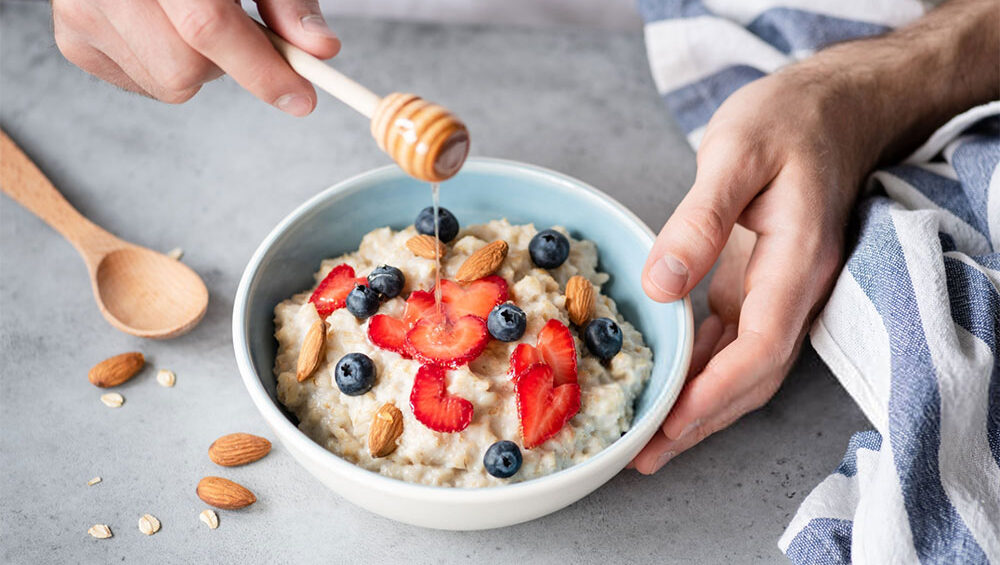How To Determine Your Daily Calorie And Macronutrient Intake Levels
The goal of this article is to provide you with guidelines that will help you determine not only how much food to eat per day, but also how to portion your macronutrients (i.e. protein, carbohydrates, and fats).
We’ll take a look at general terms and their definitions, along with formulas that can help you get on the right path. Before we dive in, I want to advise taking a week or two to study your current eating habits. Write down everything you eat, and find out how many calories, and grams of protein, carbs and fats you are eating each day. Be honest with yourself and track everything you eat, even that handful of chips you grab as you walk past the pantry.
This will take some work but you must do it. If you don’t understand portions, calories and macronutrient compositions of the foods you are eating, the information in the rest of this article won’t matter or help.
Calorie Expenditure – From BMR to TDEE
BMR
BMR, or basal metabolic rate, is essentially the number of calories you would require on a daily basis if you didn’t move at all and expended a minimal amount of energy.
BMR is commonly mistaken for the number of calories you should eat each day. This is not the case unless you are bedridden. It is a base level if you have zero activity on a daily basis, and nothing more.
NEAT
NEAT, or non-exercise activity thermogenesis (sometimes referred to as non-exercise associated thermogenesis), is the amount of calories you expend on a daily basis from non-planned movement or exercise. Non-activity calorie expenditure could include walking during work, talking, going to the store or doing household chores. Again, NEAT does NOT include planned gym cardio, conditioning, and weight training sessions.
You typically have control over the incidental expended calories that are excluded in NEAT. You can choose to not go to the store, or to not clean your house, etc.
EAT
EAT, or exercise associated thermogenesis, refers to daily expended calories that come from planned exercise sessions. So for EAT, incidental exercise, such as going to the store or walking during work, is not included. Only your cardio, resistance training, Zumba, p90x, etc. sessions are totaled.
TEF
TEF, or thermal effect of feeding, is the amount of energy burned directly related to food intake and digestion. TEF will vary based on a meal’s fiber and macronutrient composition.
TEF is measured as a percentage of a meal’s overall calories. A typical meal’s TEF is around 15%. An all-protein meal might have a TEF as high as 25%, while the TEF of fat is typically below 5%. Carbs fall somewhere in the middle and can land anywhere between 5 to 25% TEF. Fiber also has a high TEF.
TDEE
TDEE, or total daily energy expenditure, is the combination of your BMR, NEAT, EAT and TEF. It is the complete amount of calories you burn on any given day.
TDEE = BMR + NEAT + EAT + TEF



